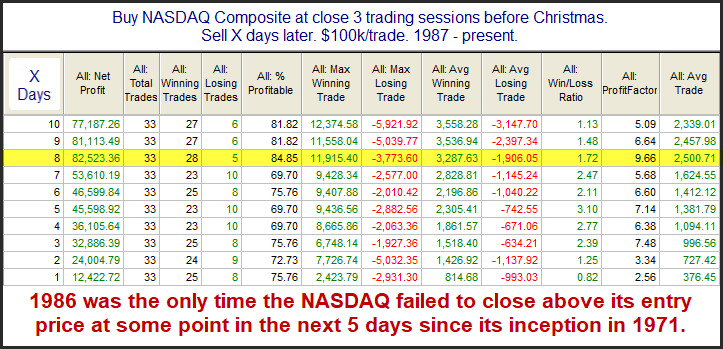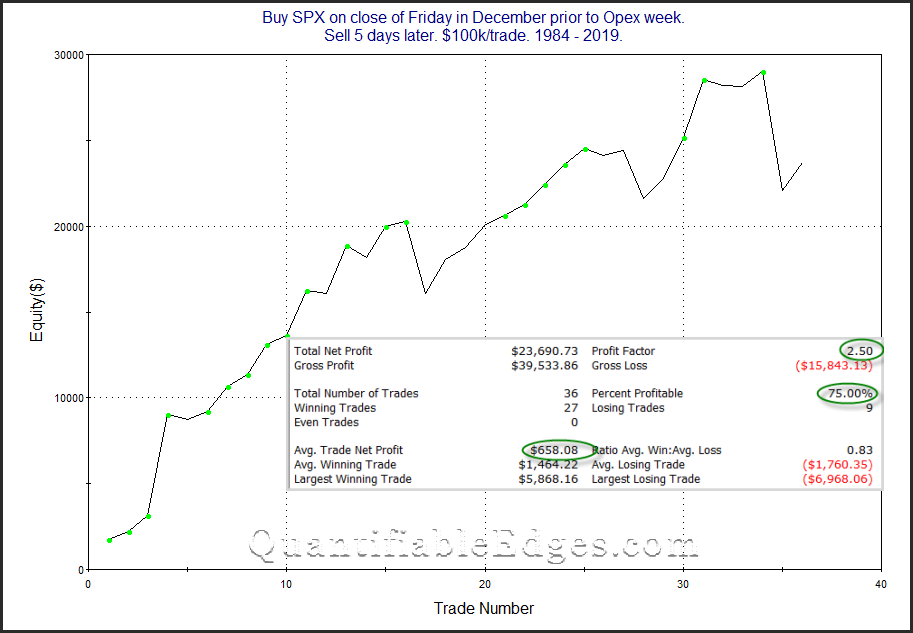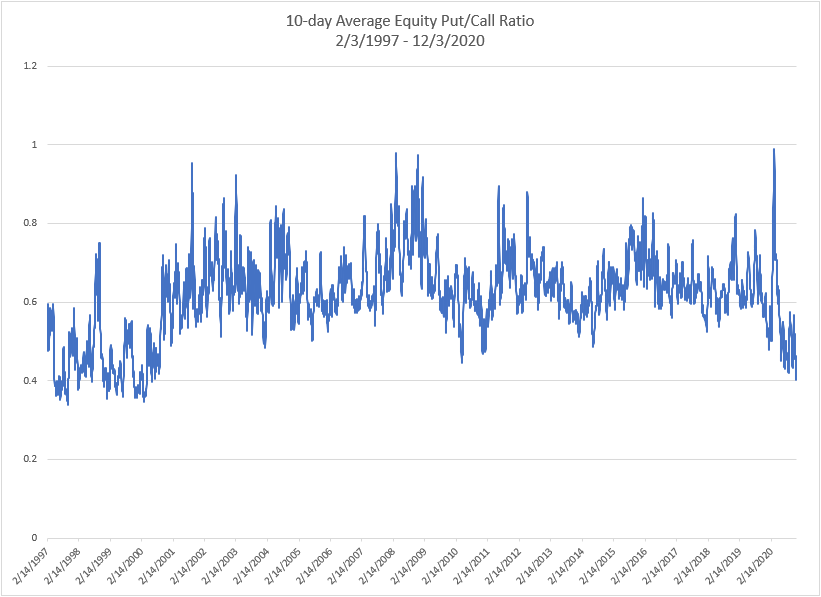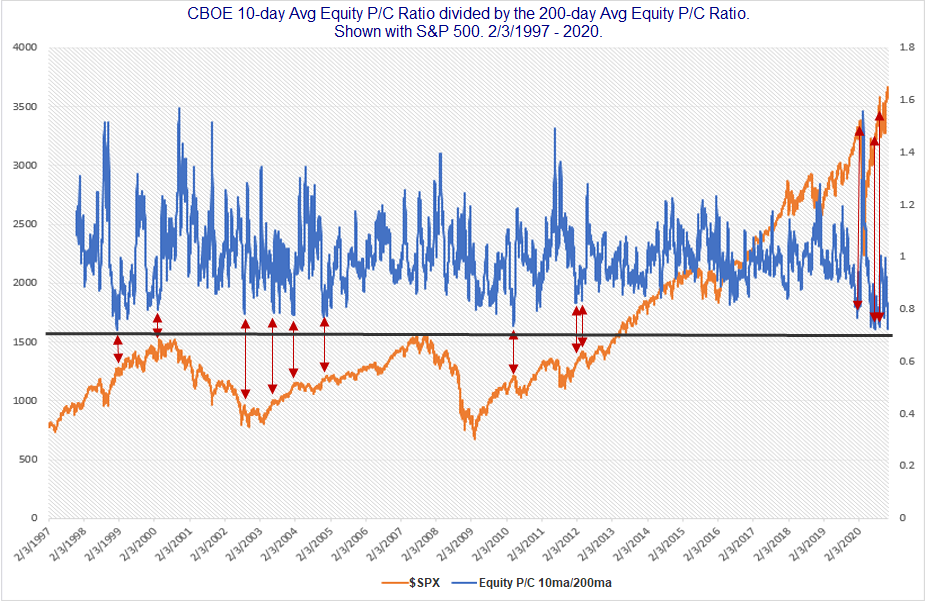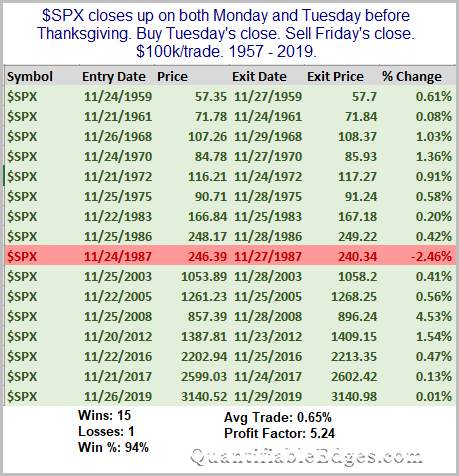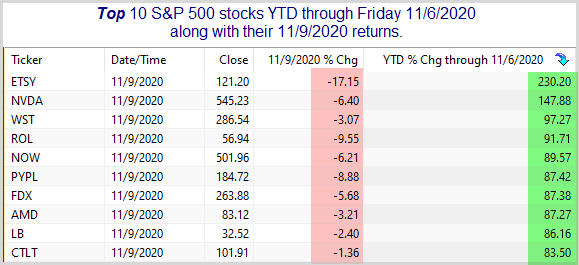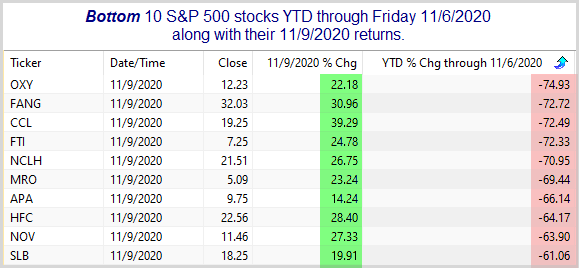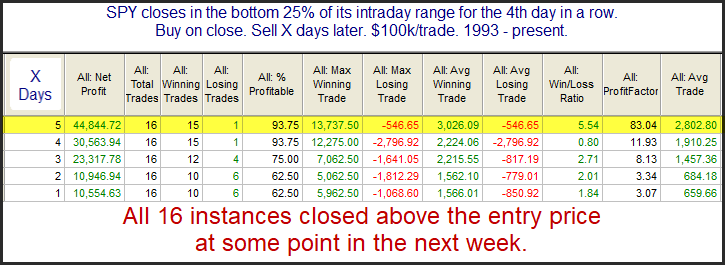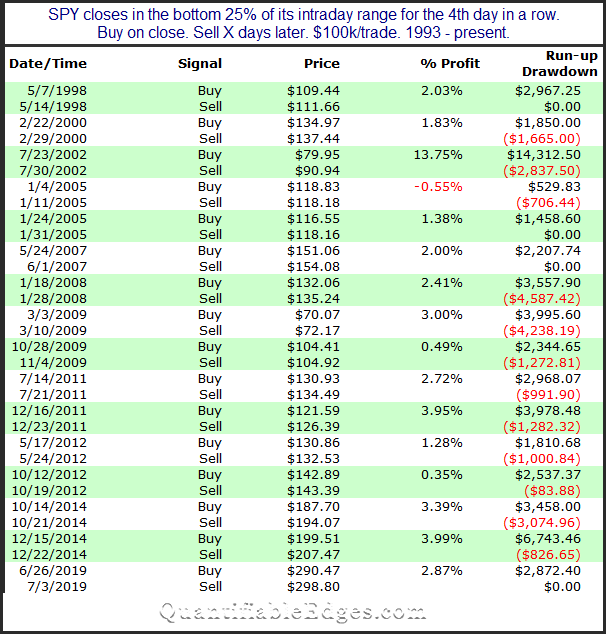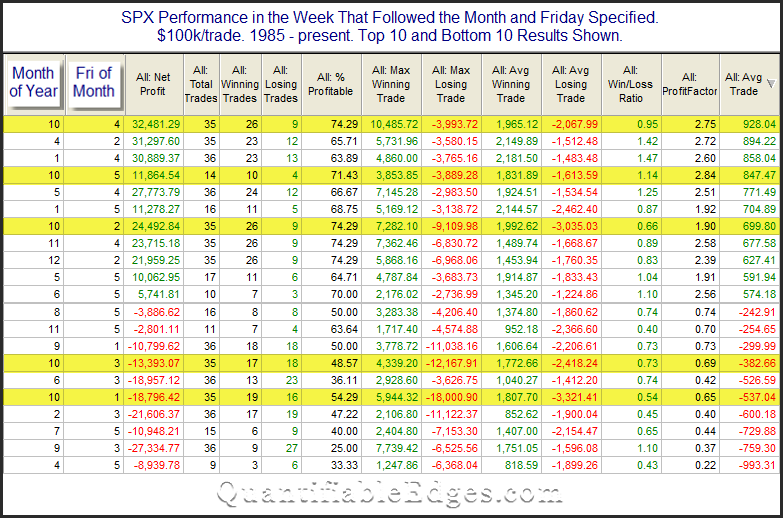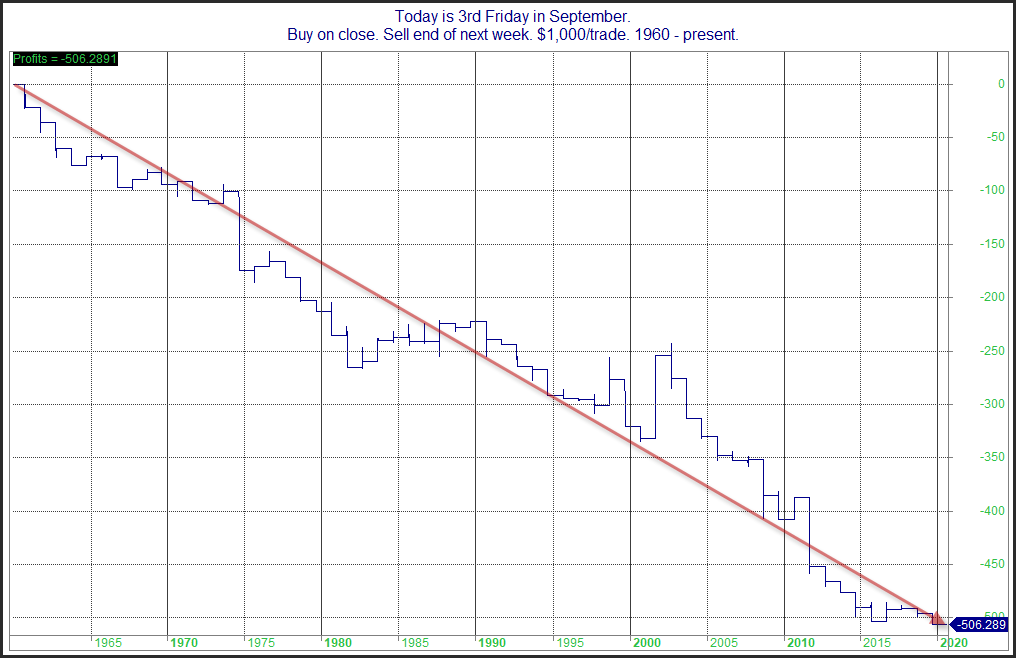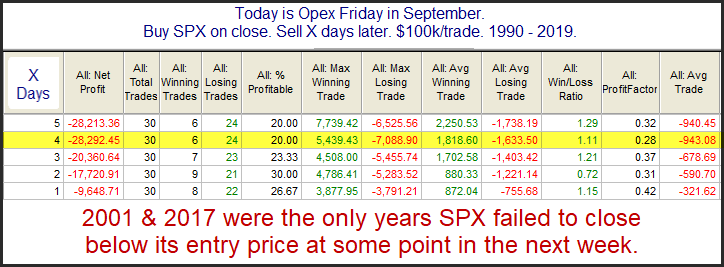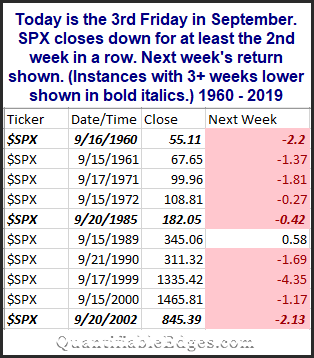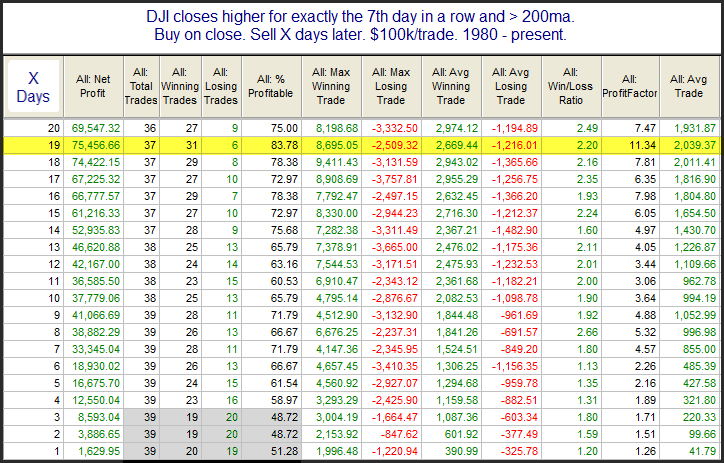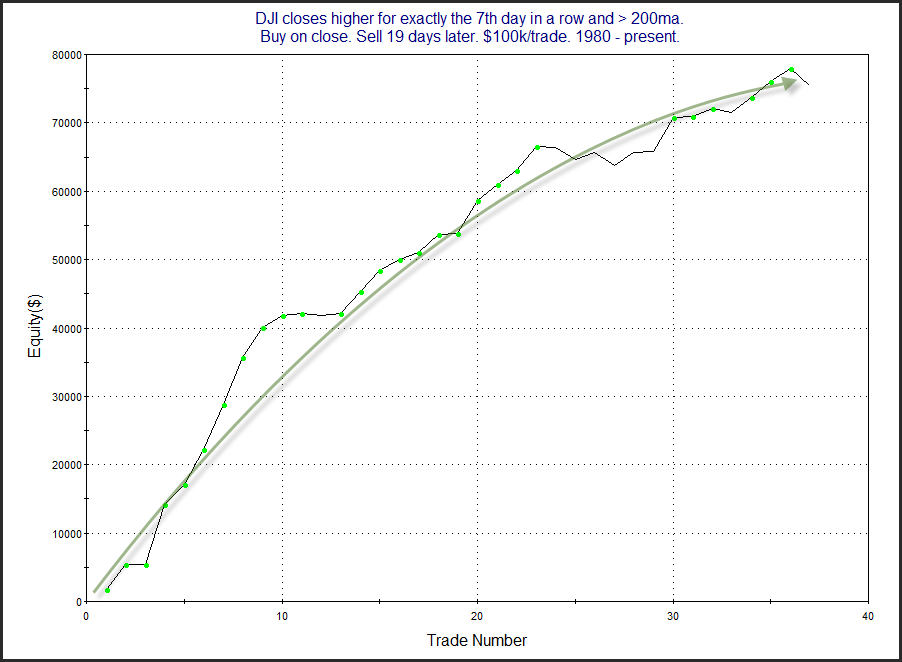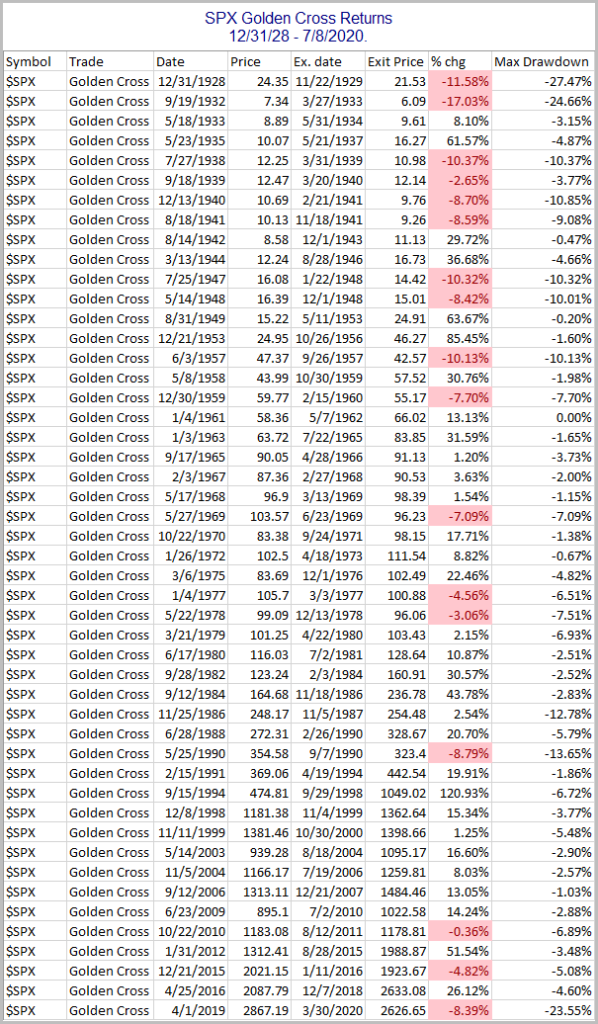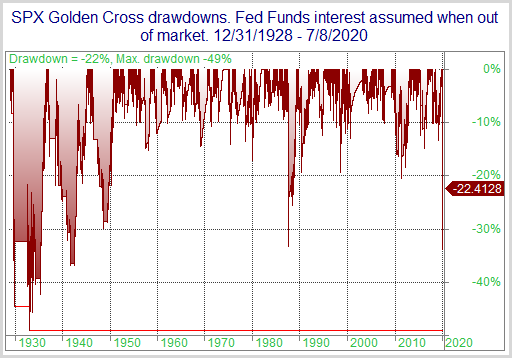In November of 2019 I decided to join my long-time friend Jeff Pietsch and become a part of Capital Advisors 360. Here’s why.
I first began trading full-time in 2001. During the late 90s I was a part-time trader while working a full-time sales job. But sales was not my passion. And the better I got at trading, the more I dreamed about quitting sales altogether and trading for myself. So in September, 2001 I set up an investment partnership. I put my own money into the partnership account with a few friends and family members. Hedge funds were the rage and so I adopted the partnership structure. In 2012 the rules around investment partnerships became stricter and more regulated. They basically prevented me from taking on new investors without changing my business model.
I ran the fund for 18 years. From time-to-time I thought about expanding, but the prospect of going through registrations, subjecting myself to greater oversight, and having to keep up with various compliance issues and other legal and regulatory work seemed daunting.
In 2011 my friend Jeff Pietsch started Eastsound Capital Advisors (now CA360) – a state registered investment advisory in Washington. Over the years he would occasionally ask me when I was going to get registered, and I would laugh it off. But in 2019 he pointed out a few things that struck a chord.
For one, the structure I’d set up way back in 2001 was antiquated at that point, and it was also expensive to maintain! Below are a few points we hashed out that suggested my clients would be better off if I managed their money in separately managed accounts, rather than within a traditional fund structure:
- Partnership expenses would go away. The biggest of these expenses was accounting, but it also included data, software, and other costs attributable to the partnership structure.
- Accessibility would increase greatly. We only valued the partnership on a quarterly basis and so people were only able to withdraw funds once a quarter. Same thing with new investments. With separately managed accounts, clients are able to add or withdraw funds at any time. There are no “partnership” holdings that are impacted that would require additional valuations and accounting.
- Transparency improves without the partnership. I would generally send a monthly report out to clients letting them know how things were going. Then they would get a quarterly statement generated by the accountant. But with separately managed accounts, clients are be able to login whenever they want to see balances, transactions, gain/loss and any other information.
- I can customize the aggressiveness and risk profile for each individual client. Even if clients are utilizing similar strategies, one client could use leverage and allocate more aggressively, while another can execute with more conservative position sizing. This is not possible within a partnership account. And over the years, clients had shown interest in having me manage more than just an “aggressive” slice of their portfolio.
- With separately managed accounts, I never have to take custody of any funds. Clients deposit right into their own accounts and withdraw right from their own accounts at their choice of utilized brokerages, currently including Charles Schwab, TD Ameritrade, and Interactive Brokers. When running a partnership, for a new deposit, I would need to take a check or a wire into the partnership’s checking account, and then move it from there to the brokerage account. And then I would need to do the reverse to send clients money they wanted to withdraw. Taking me out of the equation is likely viewed as a positive for clients, but it is definitely viewed as a positive for me. I no longer have to worry about sending wires, or making sure checks arrive and clear when they are supposed to. I hated being the “middle man”, and with separately managed accounts, and now with custodial accounts I don’t have to be.
Software and brokerage services have changed a lot since 2001 as well. With custodians like Interactive Brokers, I can now use their modeling capabilities to mimic the partnership trades I used to do at relatively low cost. But instead of the trade going to one partnership account, it gets automatically divided among all clients participating in the “model”.
Between my clients’ expanding needs, the lower expenses, better accessibility and transparency, the ability to customize risk, the better custody solution, and the technological advances in the industry that would allow me to easily handle trading in many different accounts at once, I decided to make the switch. And best of all, by going with CA360, I did not have to tackle all the regulatory and compliance headaches on my own. Plus, I got to work closer with Jeff.
It took a while for everything to get completely setup, but after several months, I officially became registered in Massachusetts as an investment advisor representative of CA360, and I could not be happier about it.
As a fiduciary advisor, I am now able to help clients achieve their personal goals and objectives, whether they be with the more active Quantifiable Edges approaches I have honed over the decades, or in combination with additional approaches to help diversify their investments with multiple managers and methodologies.
